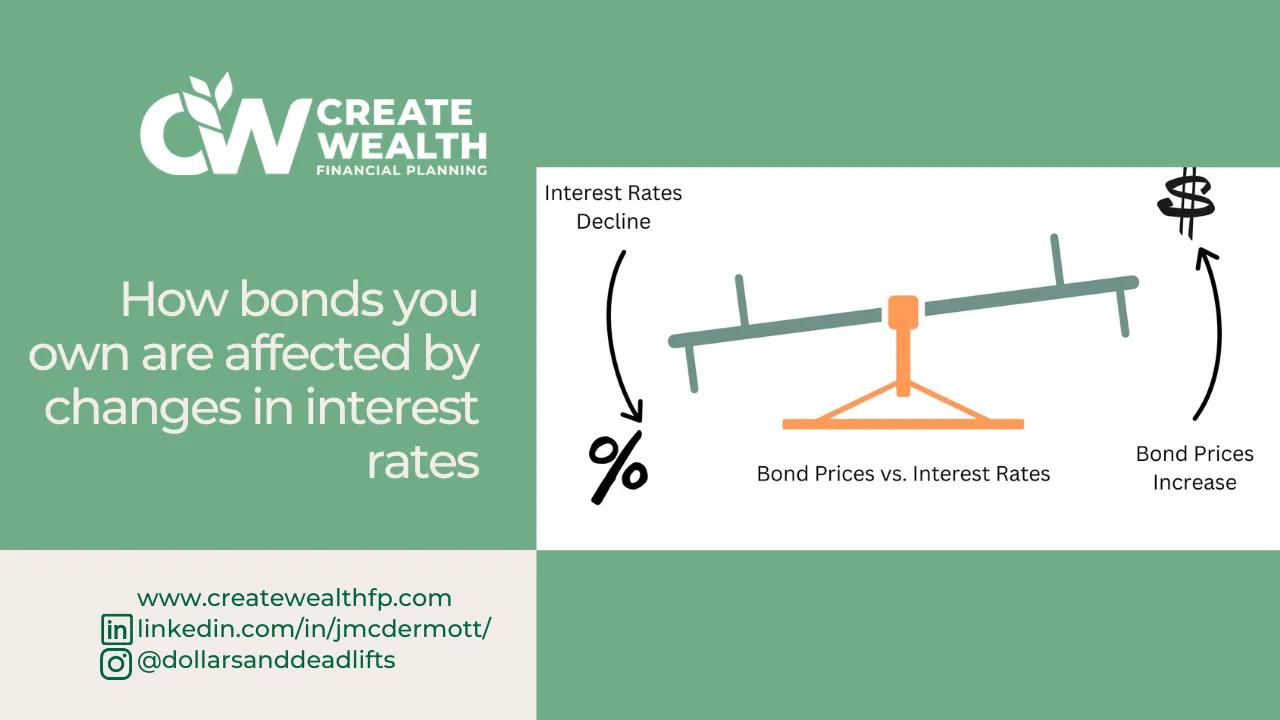Investing 101: Diversification

- There is a saying that "Diversification is the only free lunch we get in investing," but what does diversification mean?
- What is the effect of diversification on your investment portfolio, both positive and negative?
- How can you achieve diversification, even if you are just starting out with a small amount to invest?
In September, we wrote Investing 101: What is a Stock?. If you haven’t read that article and you’re not sure about what it means to invest in the stock market, that might be a good place to start.
As we discussed previously, buying a stock can come with great reward, and great risk. You could be lucky enough to buy into the next Amazon and see the stock make you a millionaire, or you could be unknowingly buying into what will be the next Blockbuster Video and lose everything. More likely you’ll buy into something that will perform somewhat better or somewhat worse than companies in the same business and versus the overall stock market. So, if you’re going to invest in the stock market, which company do you invest in? Particularly if you’re getting started and you are only investing enough to buy into one or two companies, which ones do you choose? How do you know if you’re buying the next Blockbuster, Amazon, or something else?

Diversification
What if you didn't have to settle for risking everything in just one or two companies? Let’s talk about diversification and why it's important. You’ve probably heard people talk about diversification before. It’s what someone means when they say, “Don’t put all your eggs in one basket.” The eggs are your money, the basket is a stock, and if the basket gets dropped your investment money turns into scrambled eggs. So spread your money into multiple investments so that if one goes bad, the other investments help you retain the value of your overall investment.
To visualize diversification at work, imagine you’re an investor with $100,000 to invest and you invest an equal amount into 100 different stocks. That’s $1,000 per stock. One morning you wake up to read that one of the companies you invested in has been struggling, is subject to product liability lawsuits and is filing bankruptcy, sending the value of the stock to virtually $0. While that is bad news for that stock, if the other 99 stocks you own are unaffected, you still have 99% or $99,000 of your investment. A total and complete loss for one stock translated into only a 1% loss for your total investment portfolio because you diversified your risk.
Of course, diversification limits your upside to an extent as well. Using our 100 stock example, let’s say our stock in question doubled that year instead of filing bankruptcy. If the rest of the portfolio muddled along and was unchanged for the year, you would finish the year with a total investment of $101,000. Hardly a doubling of your portfolio, but that’s the tradeoff. Diversification done properly virtually eliminates the possibly of losing everything, but reigns in your upside a bit as well. For a long-term investor this is a necessary tradeoff.
So how do you build a diversified portfolio, especially if you have limited investment funds and limited time to dedicate to stock picking. You may not need 100 stocks to be diversified but most research points to at least somewhere between 20 – 40 stocks to achieve proper diversification. Considering you should also have diverse holdings in small, medium, and large companies, domestic and international companies, diversification can be a tall task.
Mutual Funds to the Rescue
Mutual funds seek to solve the challenge of diversification. By pooling the investments of many individual investors together, a mutual fund can buy shares of many different companies and package it into a single investment. If the mutual fund is a diversified mutual fund then voilà, in one transaction with even a small amount of money, you instantly are invested in 40, 100 or even 1000+ individual stocks (beware: not all funds are considered “diversified”). Most funds will identify their investment strategy in the name of the fund or other documentation, such as “Large-Cap Value”, “Small-Cap Growth”, or “Emerging Markets”. Sometimes these names can still be a little jargony, so ask an investment advisor if you need help decoding a mutual fund’s objective. When building an investment portfolio, we typically match up several of these different mutual funds that have different objectives to push the idea of diversification further into spreading across different areas of investment focus.
There you have it, the case for diversification. Or as they say, “Don’t put all your eggs in one basket!” If you have questions about your investment diversification, or just need help building the right investment portfolio in general, schedule a call to discuss your current financial picture and see how we can help.



